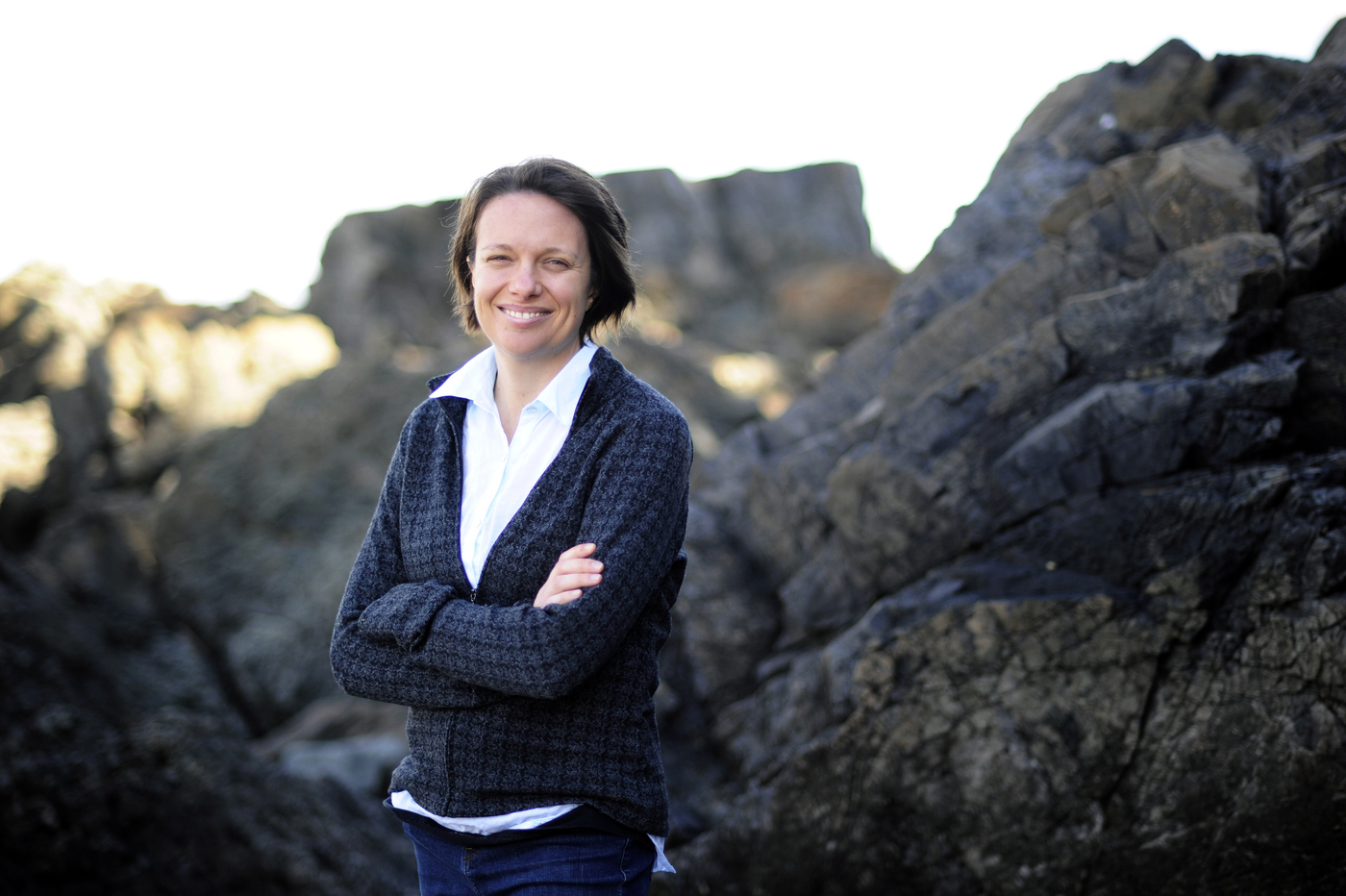September 22, 2016
It might sound unusual that a researcher mainly focused on population genetics and evolution in marine systems would be assisting with a study on trees in Canada, but there are more similarities than you think. “Conifers are a lot like marine species,” said Northeastern University Prof. Katie Lotterhos. “Conifers disperse pollen via the wind, marine species disperse larvae via ocean waves, and both have huge population sizes.”
Visit the Marine Science Center at Northeastern University and you’ll see Lotterhos and her team working on several marine-related topics. Lotterhos’ lab is using genetic data to create more sustainable fishing options for Atlantic cod and to better understand the environmental stressors that eastern oysters face as a species. But in a study recently published in Science, a team of researchers, including Lotterhos, ventured to western Canada to study two distantly related trees and their genetic evolution over time.
The study, led by University of British Columbia forestry professor Sally Aitken, sought to understand how two distantly related tree species—the lodgepole pine and the interior spruce—have adapted to varying climates. After collecting the DNA from 23,000 specific genes from hundreds of pine and spruce trees, the team found both trees used the same suite of 47 genes to adapt to drastic temperature changes, despite evolving separately over the span of 140 million years. To put it in perspective, that’s about as long as humans and kangaroos have been separated as species.
“We know that the adaptation of trees to local temperatures involves DNA variation in many genes, and expected this meant that different species could have followed different paths to adapt a tree to warm or cold conditions,” said Aitken. “However, we found considerable overlap in the genes being used by these ancient relatives, suggesting adaptation is constrained. This common basis of adaptation may speed up our understanding and management of climate adaptation in other species.”
This study was part of Lotterhos’ postdoctoral research, and her expertise in the statistical analysis of genetic data was used to determine which genes are adapting to climate. “We were really surprised to discover the same genes were major players in both species, after so many years of evolving independently.”
The research conducted for this study will be used to offer recommendations on how to adapt forest management to help these trees survive major temperature changes. “The seed that is collected from the trees is always planted back in a particular location,” said Lotterhos. “Climate is shifting the climate envelop fast, and even with the dispersal of pollen, [the trees] won’t be able to keep up with the climate shift. We’ll use this information on adaptation as a basis for recommending forest management.”
Lotterhos points out there are a good number of studies coming out that examine the adaptation trees have to climate change. Now, she is looking to translate this model to investigate how marine systems adapt over time. “I hope we will be able to translate this approach into understanding how marine species will adapt to ocean acidification and warming.”


